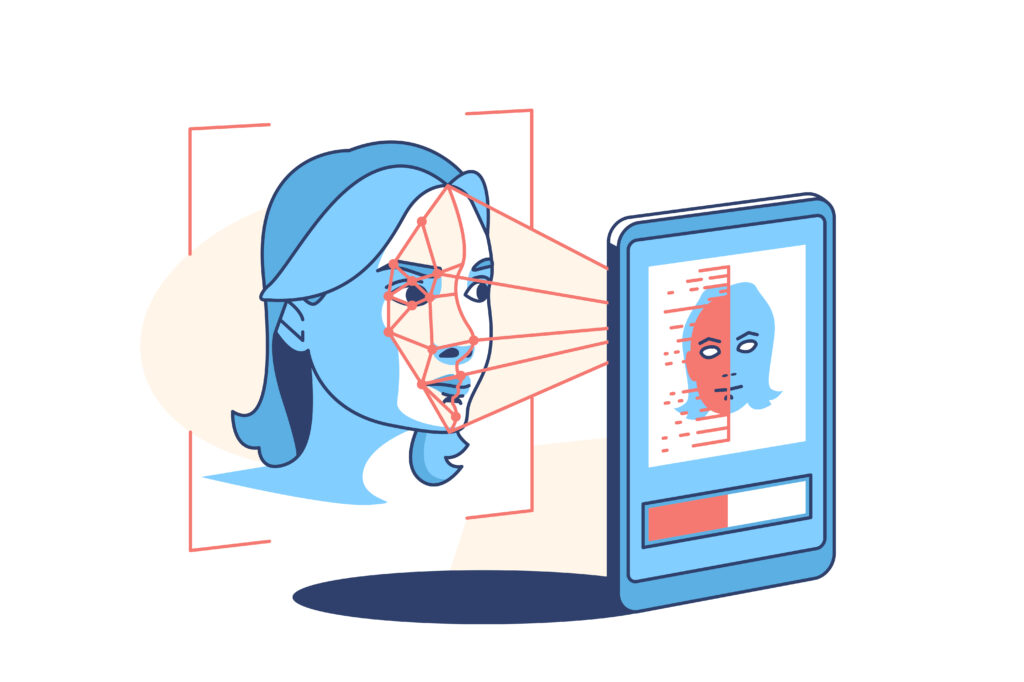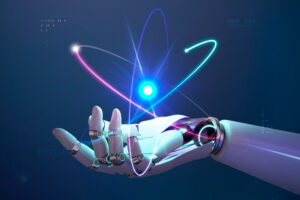Optical Character Recognition (OCR), a transformative technology that converts images of text into machine-encoded text, has revolutionized a multitude of industries. Understanding its evolution not only provides historical context but also sheds light on its current capabilities and future potential. This article explores the journey of OCR technology from its inception to the present day.
The Inception of OCR
The roots of OCR technology trace back to the early 20th century when Emanuel Goldberg, a scientist and inventor, received a patent in 1914 for a machine that read characters and converted them into telegraph code. However, due to the technological limitations of the era, these initial OCR systems were rudimentary, often struggling with accuracy and limited to specific applications.
The 1970s-1980s: OCR Comes into Its Own
In the 1970s and 1980s, OCR technology started to come into its own. a major berakthrohgbh on transforming OCR into commercial vialbiloity was Ray Kurzweil’s investion of an atmayed machine capable of converting text to speech with the purpose of reading for tge blind. Many considered this advance as the most significant contribution to the field – with much wider implications – since the invention of Braille’s print over one hundred and fifty years earlier. Kurzweil’s technology was sold to Xerox and transformed over the years to today’s Nuance Communications.
The advent of personal computers provided a new platform for OCR applications, and developers started creating software that could recognize text from scanned documents, all resulting in widespread popularization of the technology and its applications. Despite these advances, early OCR systems were still limited by the range of fonts and text styles they could accurately recognize.
The 1990s: OCR Goes Mainstream
The 1990s marked the period when OCR began to go mainstream. With advances in computing power and the proliferation of commercial OCR software, the technology became more accessible to consumers and businesses alike. OCR began to find applications in various sectors, from data entry and record keeping to postal mail sorting.
OCR and the Digital Revolution
The turn of the century brought with it the digital revolution, which had profound effects on OCR technology. The Internet and the shift towards digital data necessitated efficient tools for digitizing printed information, leading to improved OCR technologies that were more accessible and user-friendly. Companies began to offer online and cloud-based OCR services, further expanding the reach and application of the technology.
Modern OCR: AI and Machine Learning
The introduction of Artificial Intelligence (AI) and Machine Learning (ML) marked a significant milestone in OCR’s evolution. These technologies enabled OCR systems to learn from their mistakes and improve their accuracy over time. They also expanded the range of texts that OCR could handle, enabling it to recognize handwriting, different fonts, and even damaged or degraded text with increasing accuracy.
OCR Today: Current Applications and Use Cases
Today, OCR technology is used in a myriad of industries and applications. From digitizing historical archives and automating data entry to aiding visually impaired individuals, OCR’s versatility and convenience have made it an integral tool in our digital society. Its widespread use in fields like finance, healthcare, education, and law enforcement testifies to its effectiveness and potential.
The Future of OCR Technology
Looking towards the future, it’s clear that OCR technology has a lot more to offer. Emerging trends such as advanced AI algorithms, deep learning techniques, and better image processing technologies suggest that OCR systems will continue to become more accurate, efficient, and capable. These advancements will expand the potential applications of OCR and contribute to the further digitization of our world.
Conclusion
From its humble beginnings to its current status as a crucial component of digital transformation, the journey of OCR technology is a testament to human ingenuity and technological progress. As we move forward, we can expect OCR to continue evolving, pushing the boundaries of what’s possible and redefining our interaction with the written word. In understanding this evolution, we gain not only a historical perspective but also a vision of the exciting possibilities that lie ahead in the realm of OCR technology.






